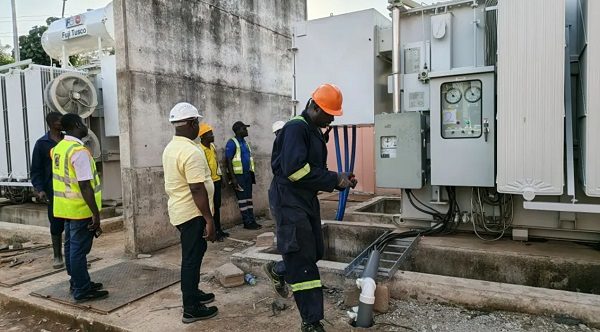Ghana’s inflation rate saw a slight decline in February 2025, easing to 23.1% from the 23.5% recorded in January, according to the latest data from the Ghana Statistical Service (GSS). This marks the second consecutive month of decline, primarily driven by a reduction in food prices.
Food Inflation Drives Overall Decline
The decrease in inflation was largely attributed to food price reductions, as food inflation fell to 28.1%. In contrast, non-food inflation remained unchanged at 18.8%. Over the past four months, food inflation has been on a consistent downward trend, dropping by 2.0 percentage points between November 2024 and February 2025, according to Government Statistician, Prof. Samuel Kobina Anim.
Regional Disparities in Inflation Rates
The inflation rate varied significantly across regions, with the Upper West Region recording the highest inflation at 35.5%, reflecting persistent cost pressures in that part of the country. On the other hand, the Volta Region experienced the lowest inflation rate at 18.1%, indicating relative stability in consumer prices compared to other regions.
Potential Policy Implications
Economic analysts suggest that the sustained decline in inflation could prompt the Bank of Ghana to consider a policy rate cut in the coming months. A lower policy rate could stimulate economic growth by making borrowing cheaper for businesses and consumers, while still maintaining price stability.
However, experts caution that external factors such as exchange rate fluctuations, global commodity prices, and fiscal policies will play a crucial role in determining the long-term trajectory of inflation in Ghana.
As the country navigates its economic recovery, stakeholders will closely monitor inflation trends to assess their impact on purchasing power, cost of living, and overall economic stability.









